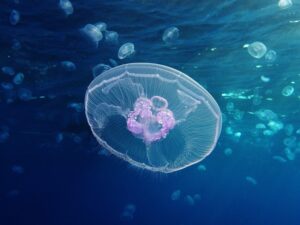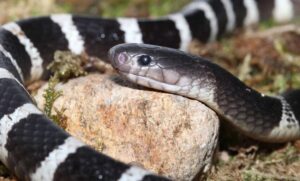Humans are among the species with a relatively long lifespan, which tends to increase with the development of modern medicine. Advances in science and medicine have helped treat many incurable diseases, extending human longevity. However, when compared to the “Oldest Living Animals on Earth” list below, an adult human is no different from a newborn in the animal kingdom. Join KnowAllAnimals to explore it now!
1. Discover the Oldest Living Animals on Earth and Their Lifespans
Let’s explore the list of “Oldest Living Animals on Earth” that we’re sharing to learn about their actual ages in the wild:
1.16. New Zealand Longfin Eel
Native to New Zealand and Australia, these eels typically live to be 60 years old, with the longest-living individual recorded at 106 years old.
Like the blue shark, these fish grow very slowly, which is why they are able to live for so long.
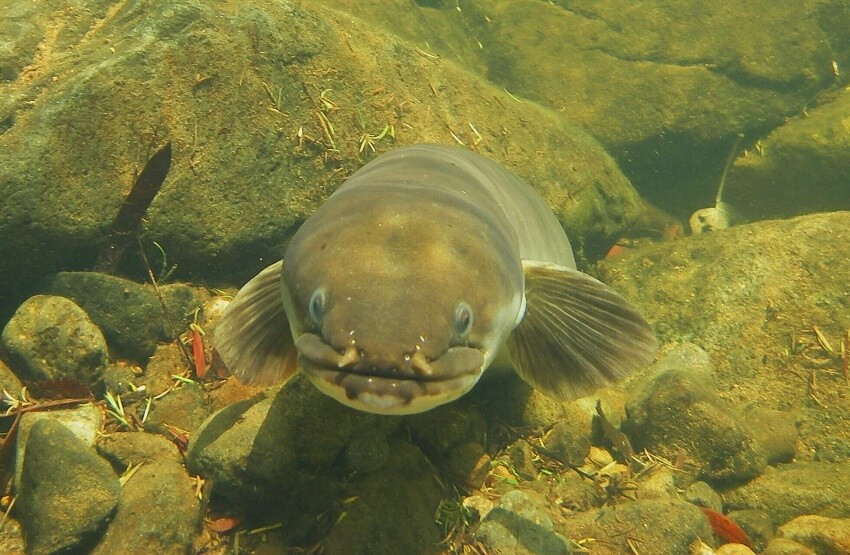
1.15. Lamellibrachia Tube Worms
These colorful marine creatures live along hydrocarbon vents on the seabed. They live for about 170 years, but many scientists believe there are individuals that live up to 250 years. Lamellibrachia grow slowly throughout their lifespan, reaching lengths of over 182 cm. This organism is found in the Atlantic Ocean, particularly in the shallow regions of the Gulf of Mexico basin.
1.14. Tuataras
The two species of Tuataras alive today are the only surviving members of a group of animals that thrived 200 million years ago, making them living dinosaurs. They are also one of the longest-living vertebrates, with lifespans ranging from 100 to 200 years.
1.13. Geoduck
Native to the Pacific Northwest, the geoduck is an animal that can live for over 165 years. During the first four years of its life, the geoduck grows rapidly, gaining an average of over 2.5 cm per year. With its long “neck” (also known as a siphon), the geoduck’s body can be more than 90 cm long, while its outer shell is usually no longer than 20.3 cm. This saltwater clam is native to Puget Sound and is believed to live for at least 160 years.
1.12. Rougheye Rockfish
The rougheye rockfish is one of the longest-living fish species. They grow very slowly, taking decades to reach maturity. Their lifespan can extend to 200 years, with the longest-living individual on record at 205 years. Rougheye rockfish typically live at depths of 170 to 700 meters below sea level, in the Pacific Ocean.
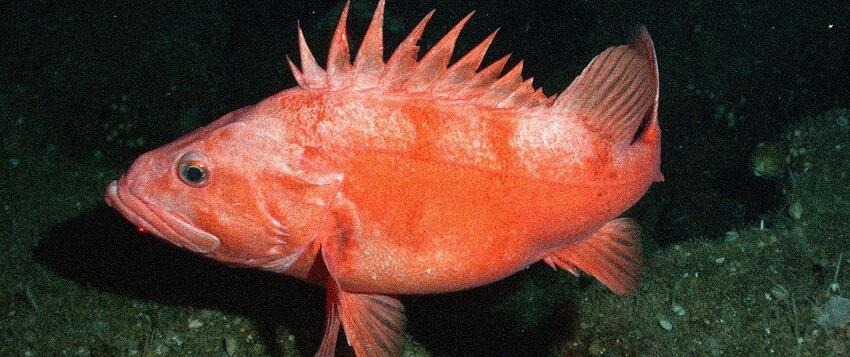
1.11. Red Sea Urchin
The red sea urchin is the largest species of sea urchin, growing up to 25 cm. They appeared 450 million years ago and move very little throughout their lifespan, which is why red sea urchins have so many protective spines. Sometimes they gather together to forage for food, but they move quite slowly. What’s special is that while the average lifespan of a red sea urchin is 30 years, they can live for over 200 years if they survive past that.
1.10. Bowhead Whale
Some scientists believe that the bowhead whale may be the oldest living mammal in the world. One whale in the Pacific, named Bada, lived for about 211 years. Most bowhead whales die between the ages of 20 and 60, but four individuals of this species have been found to have lived to be 91 to 172 years old.
1.9. Koi Fish
Although the average lifespan of a koi fish is only about 50 years, one special case has helped this small fish earn a spot on the list of the most Oldest Living Animals on Earth. A koi fish named Hanako lived for 226 years, from 1751 to 1977. The fish’s age was confirmed by counting the rings on its scales, similar to how a tree’s age is determined by its rings.
1.8. Vestimentiferan Tube Worm
This mollusk lives in a protective casing and remains stationary throughout its life. Vestimentiferan tube worms can reach a body length of up to 3 meters and often live in dense colonies, with thousands of individuals. They typically inhabit the northern Gulf of Mexico at depths greater than 750 meters below sea level. Vestimentiferan tube worms grow very slowly and can commonly live for over 250 years.
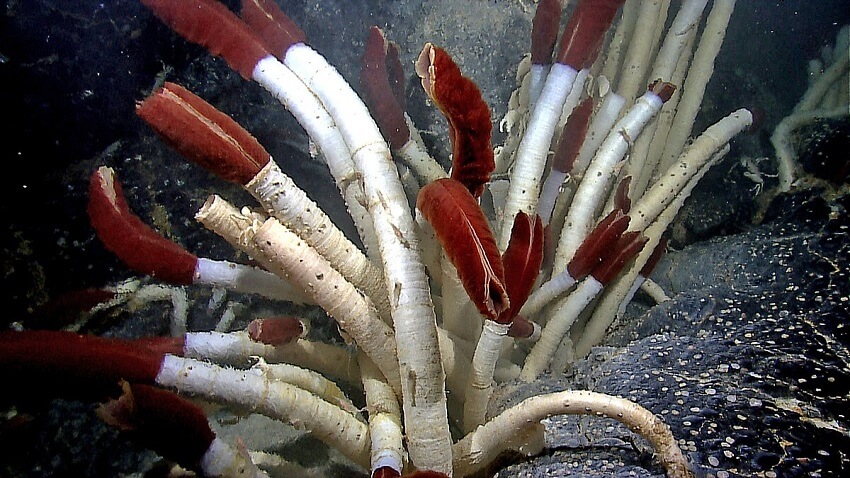
1.7. Greenland Shark
These sharks can live up to 200 years. Scientists have discovered a 400-year-old individual, making them the longest-living vertebrates in the world. They live so long because they grow very slowly, about 1 cm per year, and don’t reach maturity until they are 100 years old.
1.6. Freshwater Pearl Mussel
While many species find it difficult to adapt to changes in their living environment, including climate, geology, and various physical, chemical, and biological factors, the freshwater pearl mussel has a remarkable ability to adapt to completely new living conditions. This may be why they can live for over 250 years. These mussels are typically found in the Scandinavian Peninsula.
1.5. Tortoise
Tortoises are known for their exceptionally long lifespans, with a healthy one typically living up to 150 years, although this varies by species. A tortoise named Adwaita, who lived at a zoo in Kolkata, lived for over 250 years and died from a shell fracture that became increasingly severe. Without that unfortunate accident, Adwaita might have lived much longer.
1.4. Quahog Clam
This clam, native to the North Atlantic, lives at depths of 8 to 396 meters. To avoid being eaten, they can hide deep under the seabed and live there for a long time without needing to find food or oxygen. The North Atlantic Quahog is a mollusk with a lifespan of about 400 years, with the oldest known individual living to be 507. According to research, they live so long because their bodies contain an unusually high level of antioxidants.
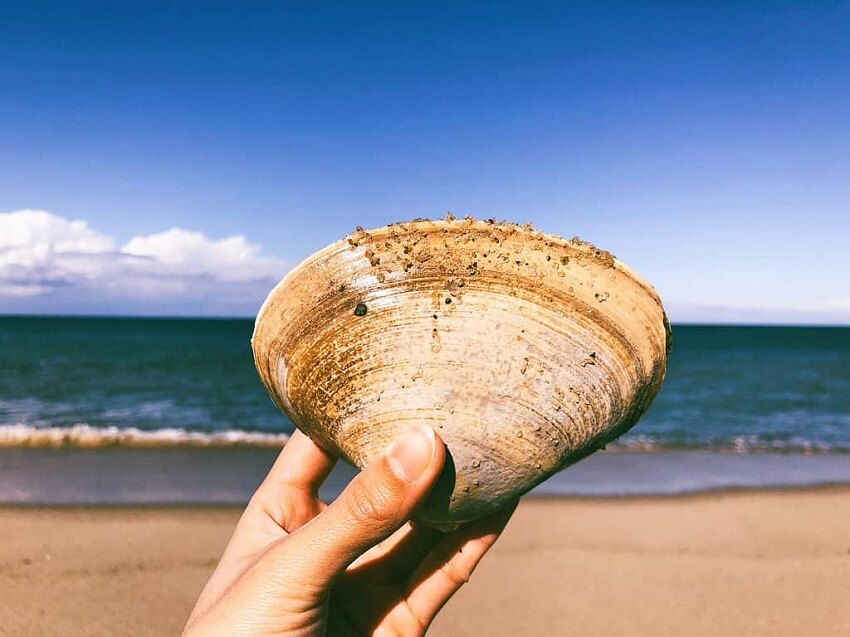
1.3. Antarctic Sponge
Many people mistake sponges for plants, but they are actually a species of sedentary animal that moves only about 1 mm per day. Sponges also have a very slow growth rate, which contributes to their long lifespan. While common sponges have a lifespan of three to twenty years, the Antarctic sponge can live up to 1,550 years.
1.2. Black Coral
Coral looks like colorful underwater rocks and plants, but they are actually made up of the exoskeletons of invertebrates called polyps. These polyps constantly multiply and replace themselves by creating a genetically identical copy, which over time causes the coral’s exoskeleton structure to grow larger and larger. Therefore, a coral is made up of many identical organisms rather than a single one, and its lifespan is a group effort. Samples of black coral found off the coast of Hawaii have been found to be 4,265 years old.
1.1. Immortal Jellyfish
This jellyfish, scientifically named Turritopsis nutricula, has the unique ability to reverse its life cycle from its adult stage back to its single-celled organism stage, and then continue to grow again. This is the only known case of a multicellular organism being able to reverse its life cycle after reaching sexual maturity. In theory, this process is infinite, leading to this type of jellyfish being “immortal.”
Like the Turritopsis jellyfish, Hydras also have the potential to live forever. These invertebrates are largely made up of stem cells that constantly regenerate through duplication or cloning. Hydras do not live forever in the wild due to threats like predators and diseases, but without these external threats, they could be immortal.
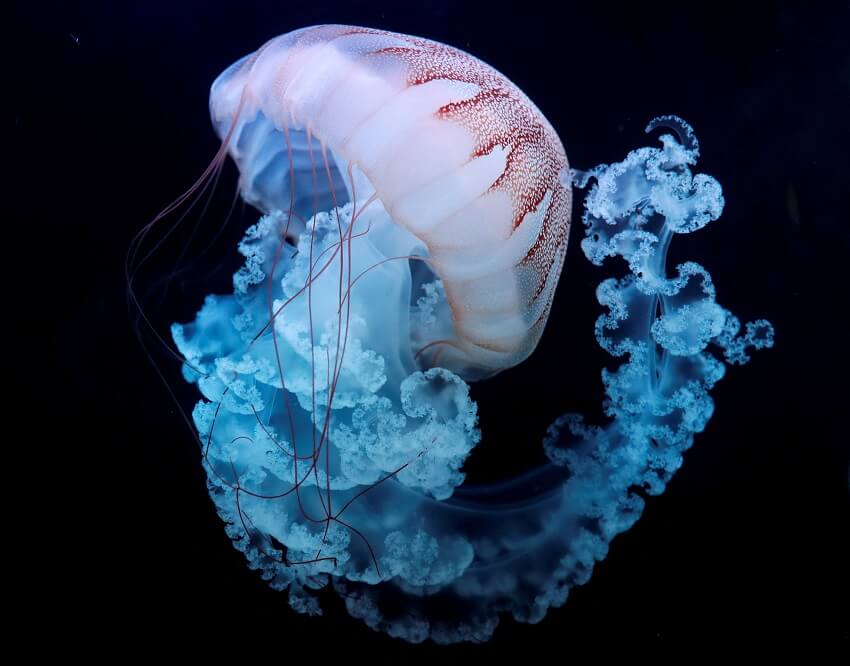
3. FAQs (Frequently Asked Questions)
1. What animal is considered the longest-living on Earth?
The immortal jellyfish, also known as Turritopsis dohrnii, is a species that has been documented to live for hundreds of years.
2. Why can some animals live longer than humans?
Due to evolutionary processes, unique biological structures, and living environments with fewer natural predators.
3. Are there any animals that live for over 1,000 years?
Greenland sharks and deep-sea sponges are believed to be able to live for thousands of years.
4. What can humans learn from animal longevity?
Studying the genes and adaptations of these animals can help us better understand the aging process in humans.
5. Are long-living animals at risk of extinction?
Yes, because they often have slow reproduction rates and are easily affected by climate change as well as human activities.
3. Conclusion
The longevity of the Oldest Living Animals on Earth not only amazes us but also provides valuable lessons about health, genetics, and the resilience of nature. Exploring these creatures helps us further appreciate biodiversity and raises awareness for their conservation for future generations.


